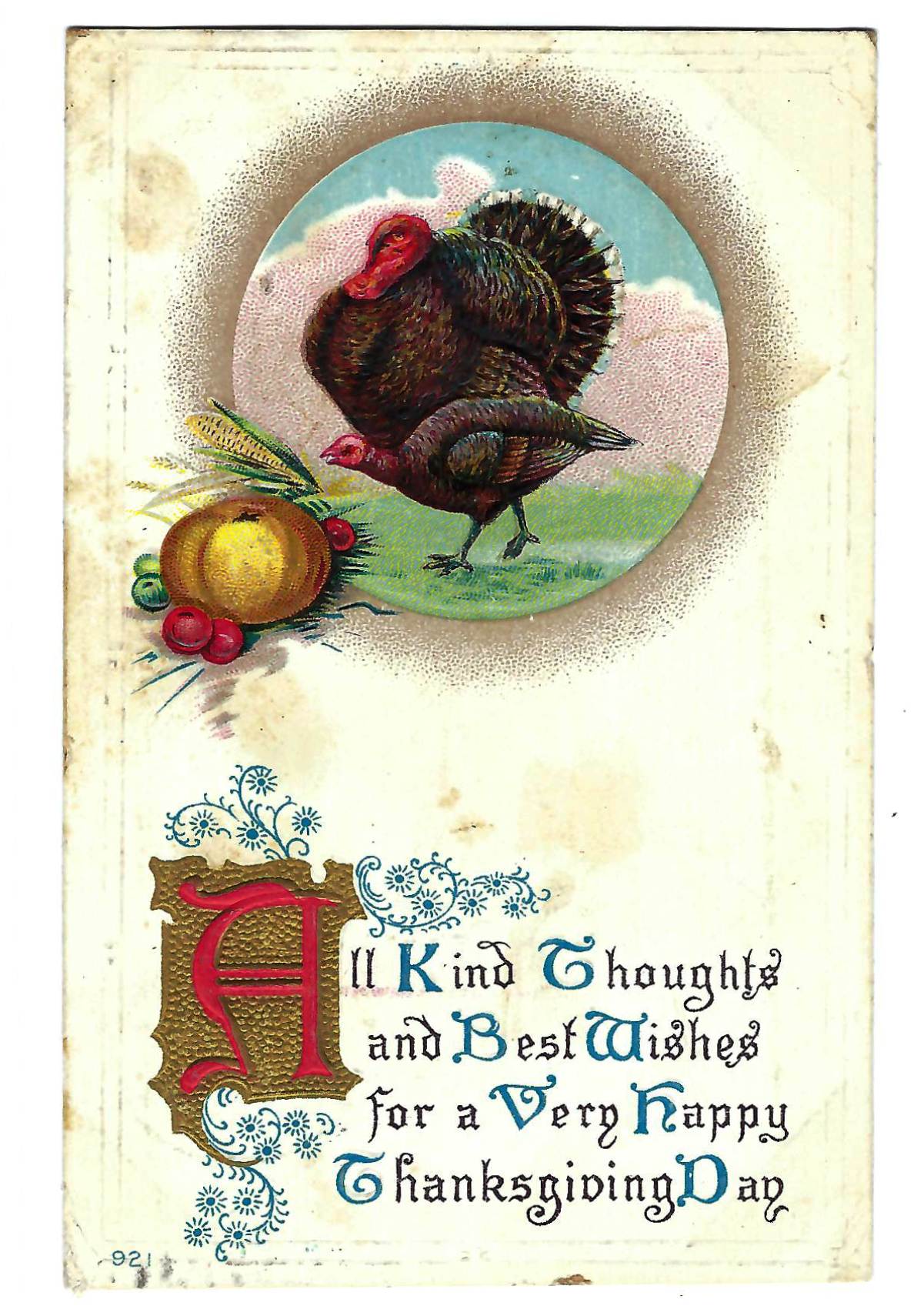This week, in place of our weekly Historic Postcard feature we publish the final installment of a four-part series of short articles by the late John Dods written exclusively for The Northeast News. John was a Northeast native who graduated from Northeast High School in 1951. Due to John’s involvement in the Boy Scouts, he was urged by the late, great H. Roe Bartle to attend Missouri Valley College in Marshall. He then transferred to KU where he received his Law Degree in 1957. He went on to join what would become one of Kansas City’s largest law firms, Shook, Hardy & Bacon where he stayed for over 50 years. Between 1939 and 1946 the Dods family lived at 3614 Morrell Avenue. After WWII the family moved to 3514 Windsor Avenue where they lived until 1959. John’s short stories capture a slice of what it was like to grow up during a much simpler place and time in Kansas City’s Northeast neighborhood. The stories are set in the late 1930s and early 1940s. Professional photography of some of the locations in Dods’ stories were expertly executed by Historic Northeast resident David Remley
Orange crates were an important part of my childhood.
As a kid growing up in the Old Northeast, orange crates were valuable commodities, the source of raw supplies for any number of childhood activities.
In those days during World War II, store-bought toys were given only for special occasions. For ordinary times, kids made do with what they had or could scavenge from the cast offs found in the neighborhood. The three small grocery stores that competed within a block of one another along St. John Avenue received their produce and groceries in a variety of boxes, which when unpacked were tossed into a large storage area until hauled off as trash.
Friendly grocers would let the neighborhood boys rummage through the pikes in hopes of salvaging unbroken crates or boxes. The cardboard boxes were important in some of the games of childhood—to build small playhouses, for example. Wooden boxes were the most sought prizes from those scavenger hunts. Peach boxes were okay, but they were small, usually with but one board on each side. Lettuce came in crates, but the boards were narrow slats, hardly the material for serious construction. Orange crates, however, provided the perfect construction materials. The whole crate could be nailed clumsily to old roller skates to create a scooter or even a car. Wheels from old toys could be fixed on 2×4 board axels, and then bolted to the orange crate to make an acceptable racer, steered with clothes line rope.
The end pieces of orange crates were large and thick enough to be cut with coping saws into a variety of toys. One such end piece of rough yellow pine could be cut, if young hands could keep the saw within the lines, into several rubber-band pistols, on which bands cut from old inner tubes could be stretched from a notch at one end of the barrel to a spring clothes pin trigger nailed to the handle end, creating an inaccurate albeit stinging weapon.
The side slats of the orange crates were especially prized. They were thin enough to be easily cut or even whittled but were long enough to serve as siding for a playhouse or the floor of a tree house. Nails for these projects had to be carefully pulled out of the crates as they were dismantled, straightened as necessary with hammer and rock, to be carefully saved for the project.
Kids no longer rummage through the trash bins of neighborhood stores. But even today I wonder what I could create out of an old orange crate, a borrowed hammer, a dull coping saw and a few bent nails. Perhaps, at least, a memory of childhood.
-John C. Dods


















